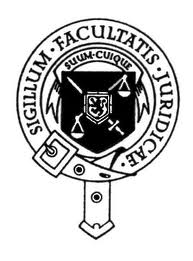Tailgate danger unseen in automated vehicles paper, says Faculty

Concerns have been raised by the Faculty of Advocates about a safety omission in plans for automated vehicles on motorways.
Cars fitted with an Automated Lane Keeping System (ALKS) could be controlled by computer for extended periods in slow-moving motorway traffic, allowing, for the first time, motorists to disengage from the driving task and to perform other activities.
The ALKS would generate “a transition demand” if control required to be transferred back to the driver, but in response to a Department for Transport consultation, the Faculty said it could “conceive of a danger which might, entirely predictably, arise but in which a transition demand would not be generated.”
The Faculty noted that the parameters of an ALKS, under a proposed UN Regulation, required the system to monitor and respond to dangers both ahead and at the side, but not from behind.
“We can easily posit a situation in which the driver of the car behind is dangerously riding on the bumper of the car in front of him. If the vehicle in front were being driven manually, one would expect the driver to be monitoring his rear-view mirror and be alive to the danger caused by an aggressive tailgater…,” the Faculty stated in its submission.
“However, were the front vehicle to be driving in ALKS mode and the driver permitted to undertake other activities, then he may not detect the danger and the ALKS (lacking a requirement for rear sensors) would not detect the danger and issue a transition demand.”
Also, the Faculty said the consultation did not appear to give full consideration to data protection issues and how information stored in a vehicle’s ALKS could be accessed for non-criminal investigations, such as civil litigation and fatal accident inquiries. The Faculty suggested a full data protection impact assessment.







